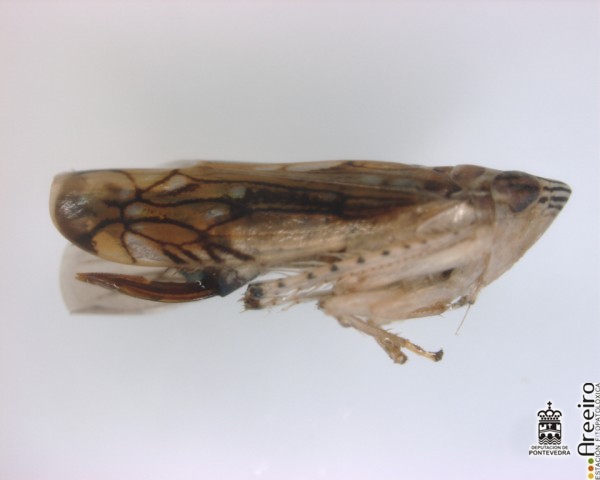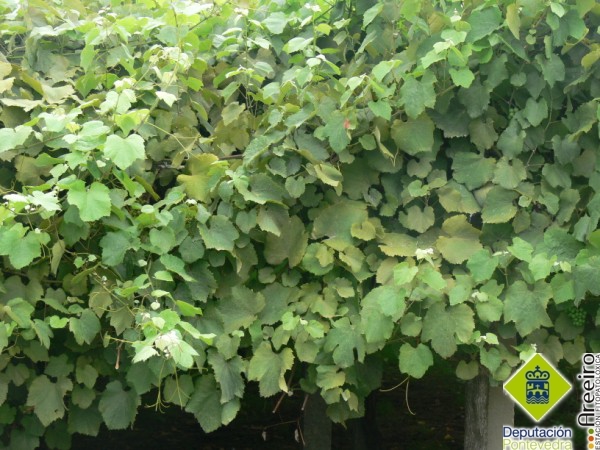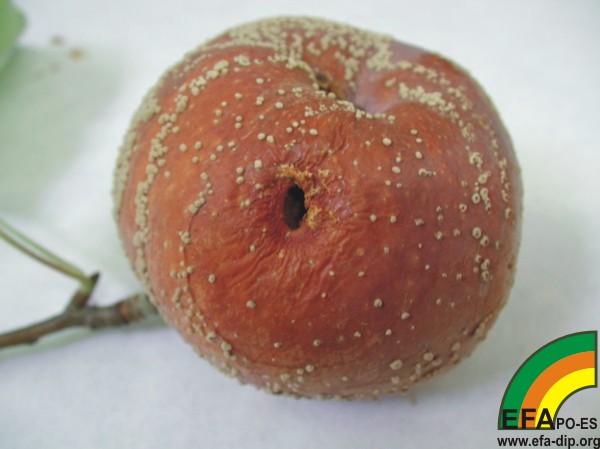|
|
Grapevine and Apple tree |
| |
|
|
|
Grapevine and Apple tree |
| |
|
|
|
Grapevine, Apple tree and Pine |
| |
|
|
|
Grapevine, Apple tree, Oak and
Pine |
| |
|
|
|
Grapevine, Apple tree and Oak |
| |
|
|
|
Grapevine |
| |
|
|
|
Grapevine, Apple tree and Several
crops |
| |
|
|
|
Grapevine, Apple tree, Stone fruits and
Maize |
| |
|
|
|
Grapevine, Apple tree and
Maize |
| |
|
|
|
Grapevine, Apple tree and Chesnut
tree |
| |
|
|
|
Grapevine, Apple tree and Chesnut
tree |
| |
|
|
|
Several Crops, Grapevine and Walnut
tree |
| |
|
|
|
Grapevine and Apple tree |
| |
|
|
|
Grapevine, Apple tree, Several crops and Forestry
species |
| |
|
|
|
Grapevine and Apple tree |
| |
|
|
|
Grapevine, Apple tree y
Cítrics |
| |
|
|
|
Grapevine, Apple tree, Quince tree and
Camellia |
| |
|
|
|
Grapevine, Kiwi plant and
Camellia |
| |
|
|
|
Grapevine and Apple tree |
| |
|
|
|
Grapevine |
| |
|
|
|
Grapevine, Apple tree, Peach tree and
Evonymus |
| |
|
|
|
Grapevine, Various Crops, Kiwi plant, Oak and
Camellia |
| |
|
|
|
Grapevine and Apple tree |
| |
|
|
|
Grapevine, Apple tree and Oak |
| |
|
|
|
Grapevine |
| |
|
|
|
Grapevine |
| |
|
|
|
Pine, Apple tree, Stone Fruit Trees and
Ornamentals |
| |
|
|
|
Fruit Trees, Grapevine and Devices to apply
Phytosanitary Products |
| |
|
|
|
PHYTOSANITARY WARNING
06/08/2009
| VIÑA Phenological stage: Varaison
(initial) |
Mildew: |
%20-%20Brote%20con%20manchas%20en%20hojas%20tiernas.jpg) From now on, it will be common to observe oily spots on terminal
shoots, mainly, if along the rest of the year, favorable conditions for fungal
development take place. We have already observed this feature both along the
present week and in most grapevines of the surveyed areas. The risk is
not as high as in other stages, since we are in the veraison stage; but plants
should be monitored to avoid likely defoliations (already observed in
untreated plants).. From now on, it will be common to observe oily spots on terminal
shoots, mainly, if along the rest of the year, favorable conditions for fungal
development take place. We have already observed this feature both along the
present week and in most grapevines of the surveyed areas. The risk is
not as high as in other stages, since we are in the veraison stage; but plants
should be monitored to avoid likely defoliations (already observed in
untreated plants)..
|
Oidium: |
 We have only observed symptoms on plants of red varieties and in
those that were not subjected to any treatment along the
year. We have only observed symptoms on plants of red varieties and in
those that were not subjected to any treatment along the
year.
|
Botrytis:
 |
 Along this week we have observed some berries affected by
botrytis (and also by sour rot). The infections are produced by a
combination of warm and moist environmental conditions and the presence of
wounds and cracks in the grape. Consequently, in those grapevines showing
damage we must treat directly to the bunch. Along this week we have observed some berries affected by
botrytis (and also by sour rot). The infections are produced by a
combination of warm and moist environmental conditions and the presence of
wounds and cracks in the grape. Consequently, in those grapevines showing
damage we must treat directly to the bunch.
|
Moths: |
We have recorded a
low number of captures in the traps. However, the number of larval penetrations
has increased.
|
Green mosquito and
other cicadellidae: |
  Last week we
have warned about the possibility that first adults of Scaphoideus
titanus could appear. In fact, they have been observed in a plot
located in O Condado, where we have captured the first adult. On the
other hand, in some plots the presence of other cicadellidae such as
green mosquito or Zygina rhamni has increased. Thus, it is advised to
apply an insecticide to reduce their populations. Last week we
have warned about the possibility that first adults of Scaphoideus
titanus could appear. In fact, they have been observed in a plot
located in O Condado, where we have captured the first adult. On the
other hand, in some plots the presence of other cicadellidae such as
green mosquito or Zygina rhamni has increased. Thus, it is advised to
apply an insecticide to reduce their populations.
|
Mites: |
 Mite
populations recorded were high, both in samples submitted to Areeiro and on
leaves from grapevines growing in our monitoring plots in O Salnés. We
have observed large mite populations, enough to justify the application
of a treatment. However, as we have reported before, we must not
treat with acaricides without confirming their presence.
Even though, in case it is necessary to treat both against mites and
cicadellids, we must choose active ingredients efficient against both types of
pests. Mite
populations recorded were high, both in samples submitted to Areeiro and on
leaves from grapevines growing in our monitoring plots in O Salnés. We
have observed large mite populations, enough to justify the application
of a treatment. However, as we have reported before, we must not
treat with acaricides without confirming their presence.
Even though, in case it is necessary to treat both against mites and
cicadellids, we must choose active ingredients efficient against both types of
pests.
|
| APPLE
TREE |
Scab: |
We have
not observed new symptoms of the disease in any of the monitoring plots, but we
must be aware that the risk of infection persists until the end of the
season.
|
Cydia
pomonella: |
Along
this week we have captured adults in the traps. This was not observed in every
plot and they were always recorded in a low number.
|
Wooly
aphid: |
 Due to the
high temperatures recorded along this week, the level of parasitism by
Aphelinus mali has increased, thus in case the parasitoid is active it
should not be treated with insecticides. Due to the
high temperatures recorded along this week, the level of parasitism by
Aphelinus mali has increased, thus in case the parasitoid is active it
should not be treated with insecticides.
|
Red
spider: |
In some
areas new mobile stages of the mite are being observed on new shoots. However,
before treating its presence must be confirmed.
|
| Others: |
 In those plants being in the ripening stage, rotten and
fallen fruits must be removed, since monilia or botrytis could develop
under moist conditions. In those plants being in the ripening stage, rotten and
fallen fruits must be removed, since monilia or botrytis could develop
under moist conditions.
|
|

